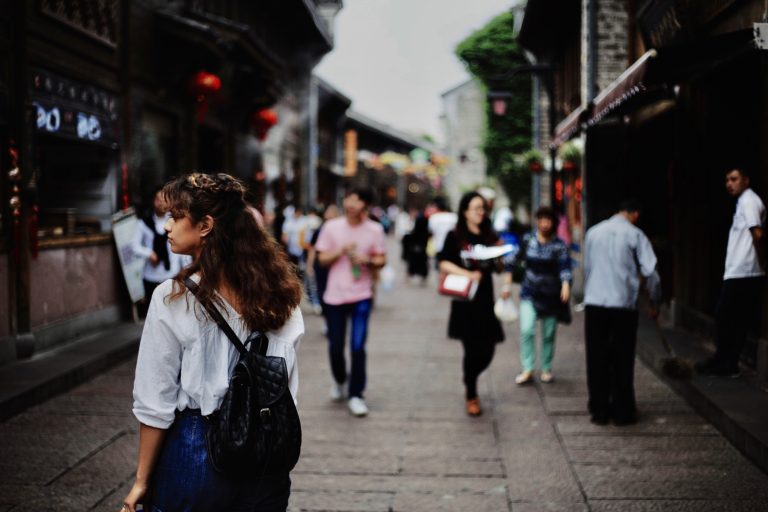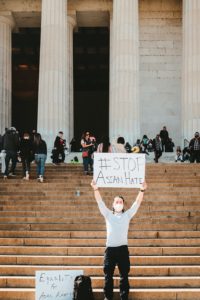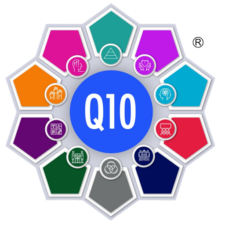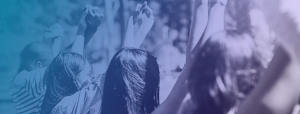
An analysis released by the Center for the Study of Hate and Extremism at California State University San Bernardino found Anti-Asian hate crimes increased by 150% in 2020. What has been happening over the past year with anti-Asian violence has caused a sudden shock in many people but we need to be very clear anti Asian racism has always existed and it is not something new. The past hundred and fifty years of US history is littered with examples.
- The Page Act of 1875 banning Chinese women from immigrating to the US because they were seen as prostitute and disease carriers
- The colonialism of the Philippines and the assaults, lynchings, and bombings of Filipino farmers in the early nineteen hundreds
- Japanese Internment camps during World War II
- United States wars in the Philippines, Cambodia, Vietnam, and Korea that killed millions of Asians
- The US military bases established in Asian countries where American soldiers exploited, sexualized, and objectified Asian women
- Executive Order 13769 which was essentially a Muslim ban
All this has been amplified and emboldened during the past year with our previous administration. During the past year, our Asian American Pacific Islander (AAPI) groups have seen an unprecedented rise in hate crimes due to the COVID-19 pandemic. These incidents have opened a wound in the lives of AAPI communities. Those who have been taught to be silent in the light of discrimination are now asking if they are perpetuating the continuance of systemic issues and playing into the trope of the “model minority.”

There is a general misconception that Asian Americans have successfully assimilated and fulfilled the “American Dream.” Many of us were taught to work hard, be grateful for the opportunities, not to question authority figures and/or cause waves when it comes to injustice. However, it is imperative that we are standing up for our peers and calling out all forms of injustice. We are silent no more as we are now receiving attention due to the rise in attacks on Asian Americans. The cost of the American Dream is a heavy burden we must rectify.
At times we are drowning in division and indifference because our communities are battling to make it, while some are unwilling to be aware that such marginalization exists in our country. Our current community is grasping for a bridge that has been yet to be built. We must have authentic conversations and solutions about racism in America. May we have the courage to challenge the status quo and have the courage to speak and act even when we feel we are under fire.
The most important thing educators can do is talk to our students about race, spend time reflecting on our own identities and understanding of race and racism. The first step we can take in anti-bias work is to identify the bias. If we truly intend to center our students, we must ask ourselves, “Are we engaging our students in the inquiry process by allowing their questions to guide their own learning?” and on another level considering, “What questions are we ultimately asking our students?”
As a young girl impacted by Japanese internment, Mary Matsuzawa wrote:
“I pray that someday every race/ May stand on equal plane/ And prejudice will find no dwelling place/ In a peace that all may gain.”



